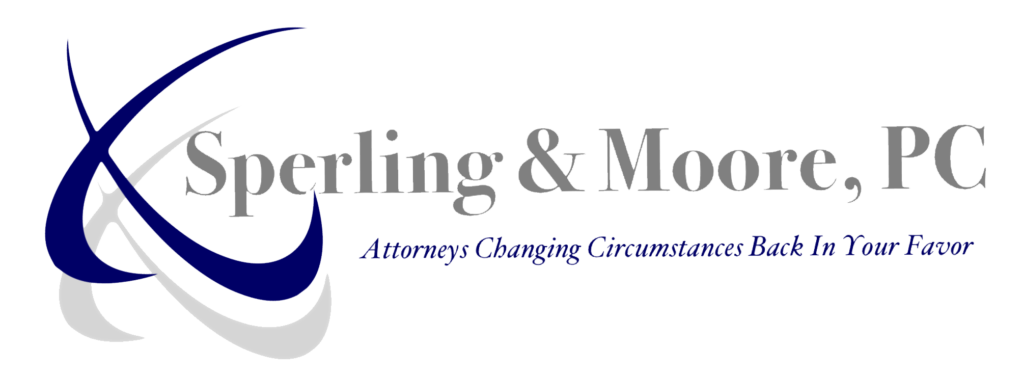Closing or Settlement
Learning Objectives
Identify the issues of particular interest to the buyer and the seller as a real estate transaction closes
Describe the steps involved in preparing a closing statement
Explain the general rules for prorating
Distinguish the procedures involved in face-to-face closings
Buyer’s Issues
- Title evidence
- Seller’s deed
- Removal of liens and encumbrances
- Survey
- Inspection results
Seller’s Issues
- Payment
- Buyer financing
- Compliance with buyer requirements
The Closing
Face-to-Face Closing
What Is a HUD-1?
The HUD-1 Settlement Statement is a standard form in use in the United States of America which is used to itemize services and fees charged to the borrower by the lender or broker when applying for a loan for the purpose of purchasing or refinancing real estate. HUD refers to the Department of Housing and Urban Development.
Closing Statement
- Debits and Credits
- Broker’s Commission
- Attorney’s Fees
- Recording Expenses
- Transfer Tax
- Title Expenses
- Loan Fees
- Tax and Insurance
- Reserves
- Appraisal Fees
- Survey Fees
- Other Fees
What Is a Mortgage? What Is a Note?
A mortgage is not a loan. A mortgage is the security instrument that creates the lien against the real estate. The loan is created by the note, sometimes called the promissory note. A mortgage promissory note is a promise to pay.
Types of Deeds
Warranty Deed
Often used for residential real estate sales, a Warranty Deed acts as a guarantee to the buyer that the seller has the right to sell the property, and that the property is free of debt or other liens. The seller must defend the title against any and all other claims, and compensate the buyer for any unsettled debts or problems.
Special Warranty Deed
Differing from a Warranty Deed, the seller’s guarantee does not cover the property’s entire history. Generally, the seller only guarantees against problems or claims created during the seller’s ownership of the property.
